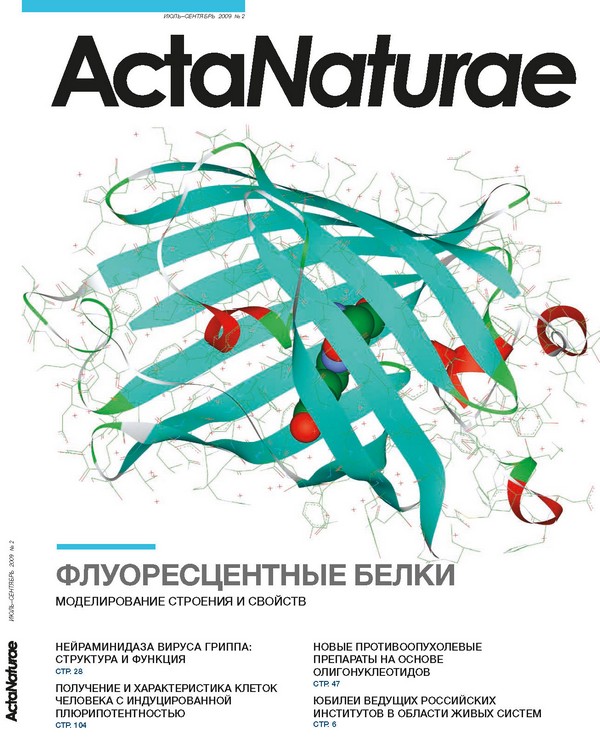Relative Comparison of Catalytic Characteristics of human Foamy Virus and hIV-1 Integrases
- Authors: Knyazhanskaya ES1, Smolov MA2, Kondrashina OV2, Gottikh MB3
-
Affiliations:
- Chemistry Department of MSU and MSU
- Department of Bioengineering and Bioinformatics of MSU
- A. N. Belozersky Institute of Physico-Chemical Biology, M. V. Lomonosov Moscow State University
- Issue: Vol 1, No 2 (2009)
- Pages: 78-80
- Section: Articles
- Submitted: 17.01.2020
- Published: 15.09.2009
- URL: https://actanaturae.ru/2075-8251/article/view/10817
- DOI: https://doi.org/10.32607/20758251-2009-1-2-78-80
- ID: 10817
Cite item







